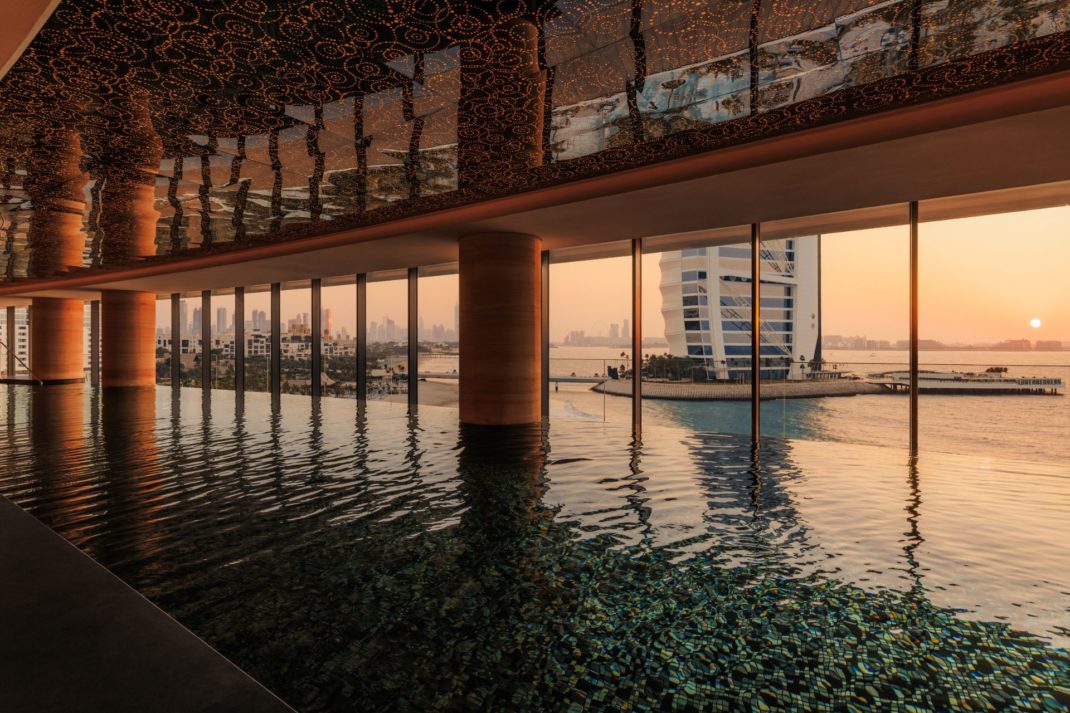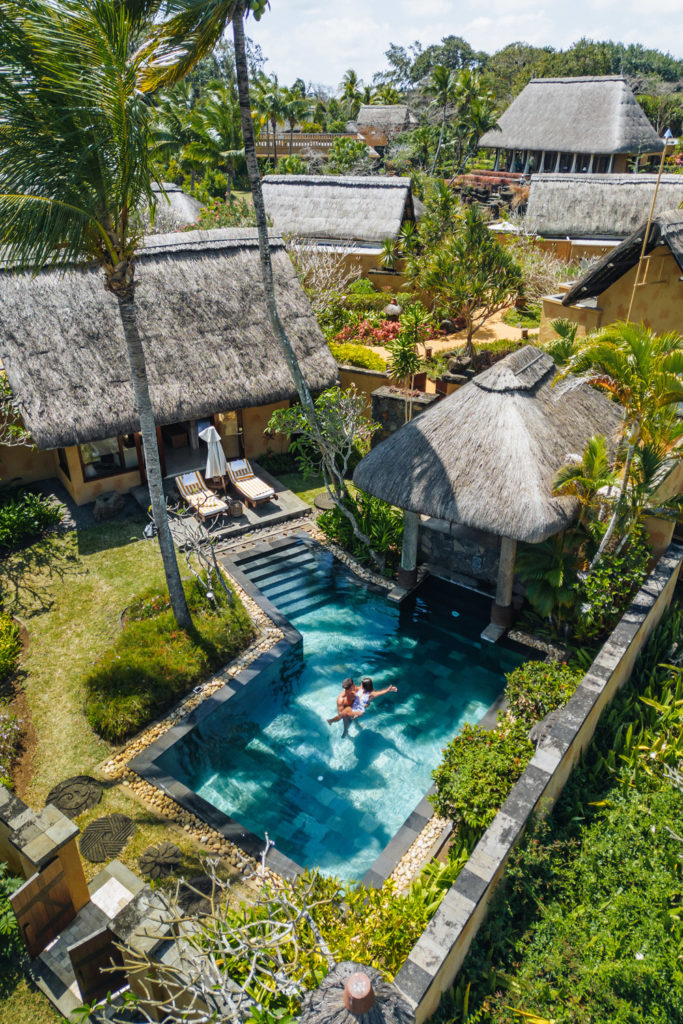6 Off The Beaten Track Adventures In Spain
By
1 month ago
Sure, the tapas is great – but in the know travellers are doing these holidays in Spain instead
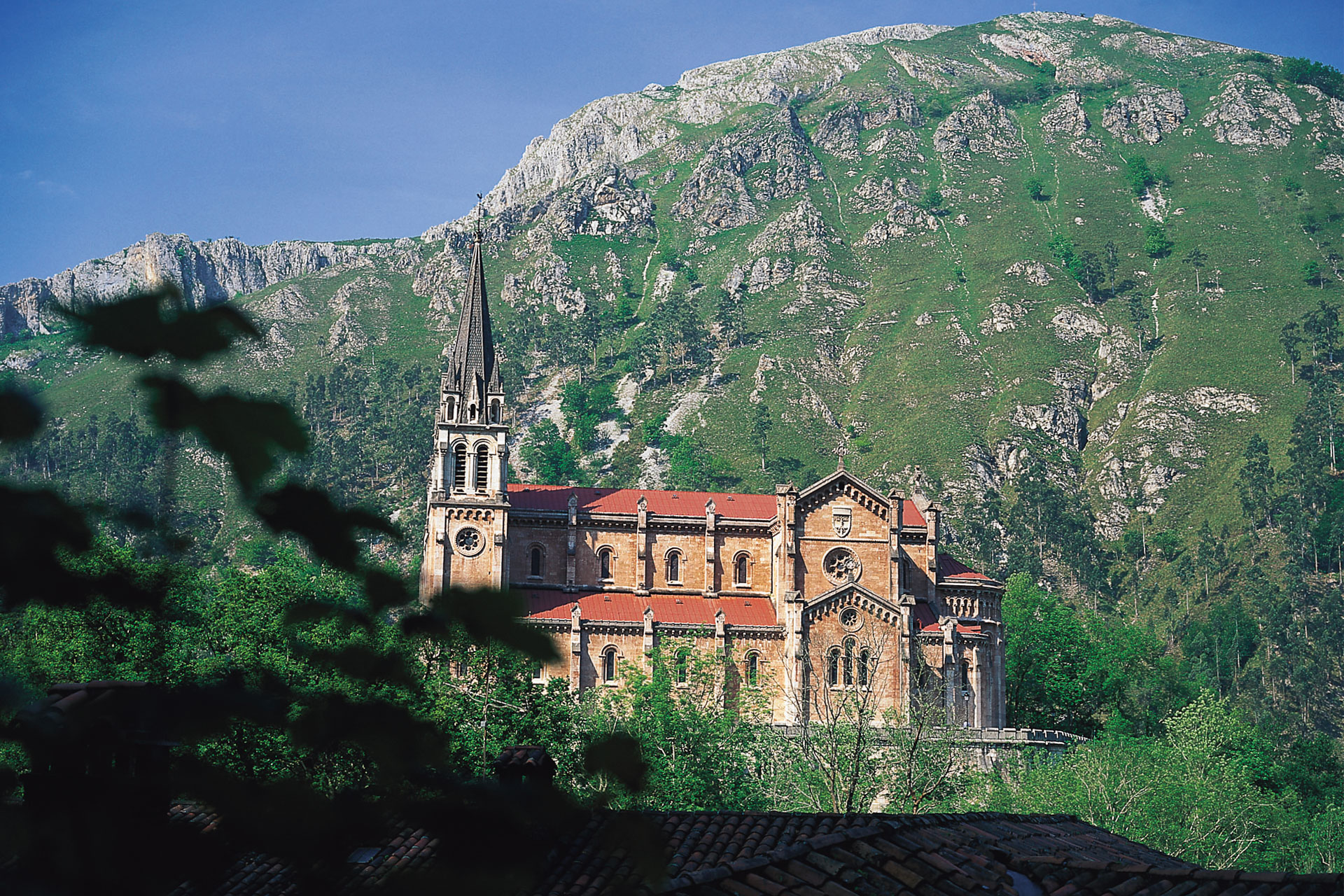
Seville, Barcelona, Madrid and Marbella will always have their allure – but seasoned travellers are increasingly drawn to Spain’s lesser-known corners. From the lush landscapes of Asturias and Cantabria to Galicia’s windswept vineyards, to the urbane charm of Castile and Léon, these regions blend heritage, gastronomy and slow travel in style. They invite visitors to journey more mindfully, support local communities and uncover authentic stories – all without compromising on luxury. Here are six ways to see Spain differently.
6 Alternative Holiday Experiences In Spain
1. Bear watching in Somiedo Natural Park
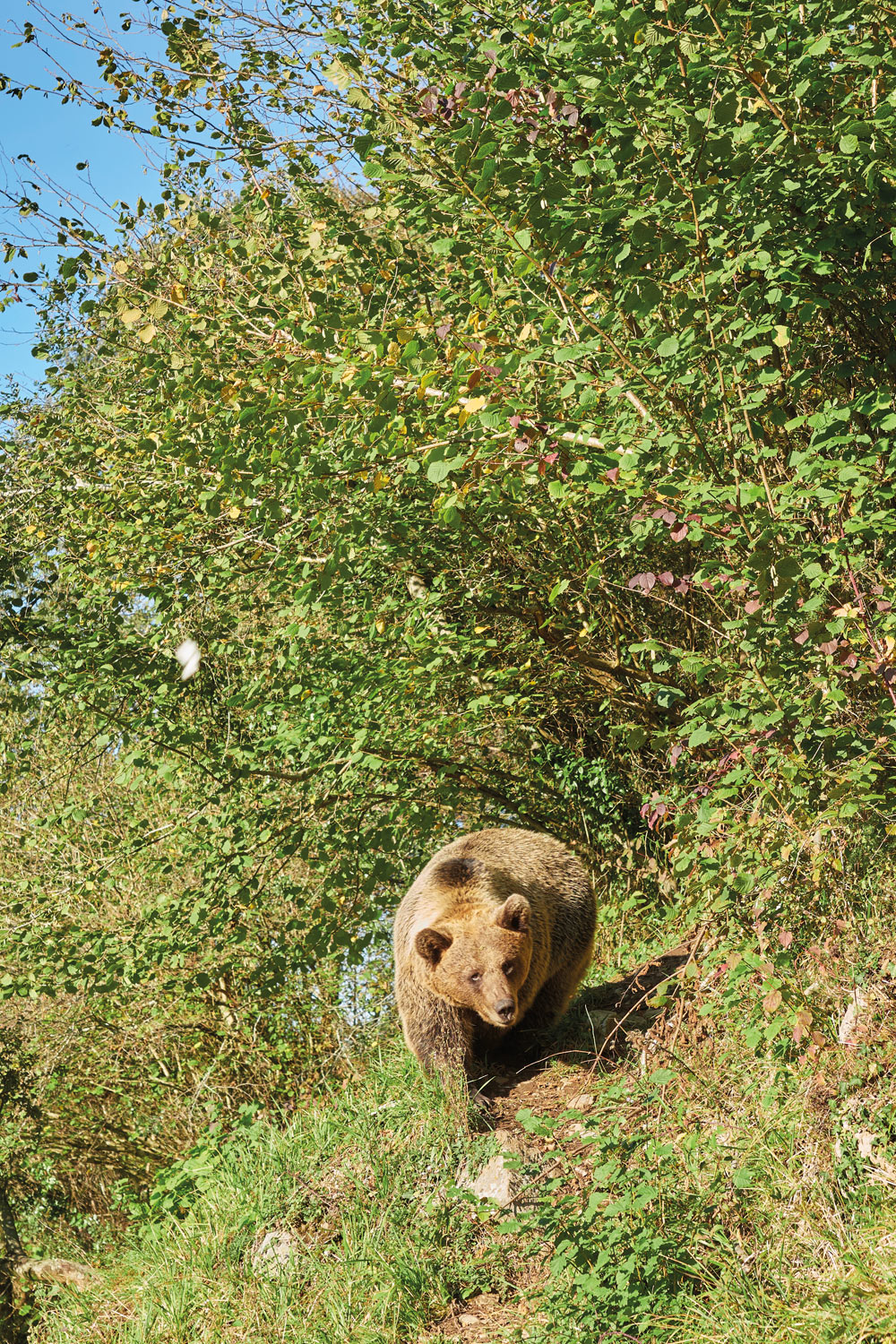
Cute or scary sight? Dangerous encounters are rare as the Spanish brown bear is typically a timid creature. Just don’t provoke!
The wild parklands of Asturias are home to the largest population of brown bears on the Iberian Peninsula. Follow Europe’s newest bear path in Somiedo and Fuentes del Narcea, Degaña and Ibias natural parks, accompanied by a local guide who knows the terrain. Stay in an off-grid lodge and witness the creatures up close in their natural habitat – an eco-luxury adventure you’ll never forget.
2. Culinary traditions with Asturian Guisanderas
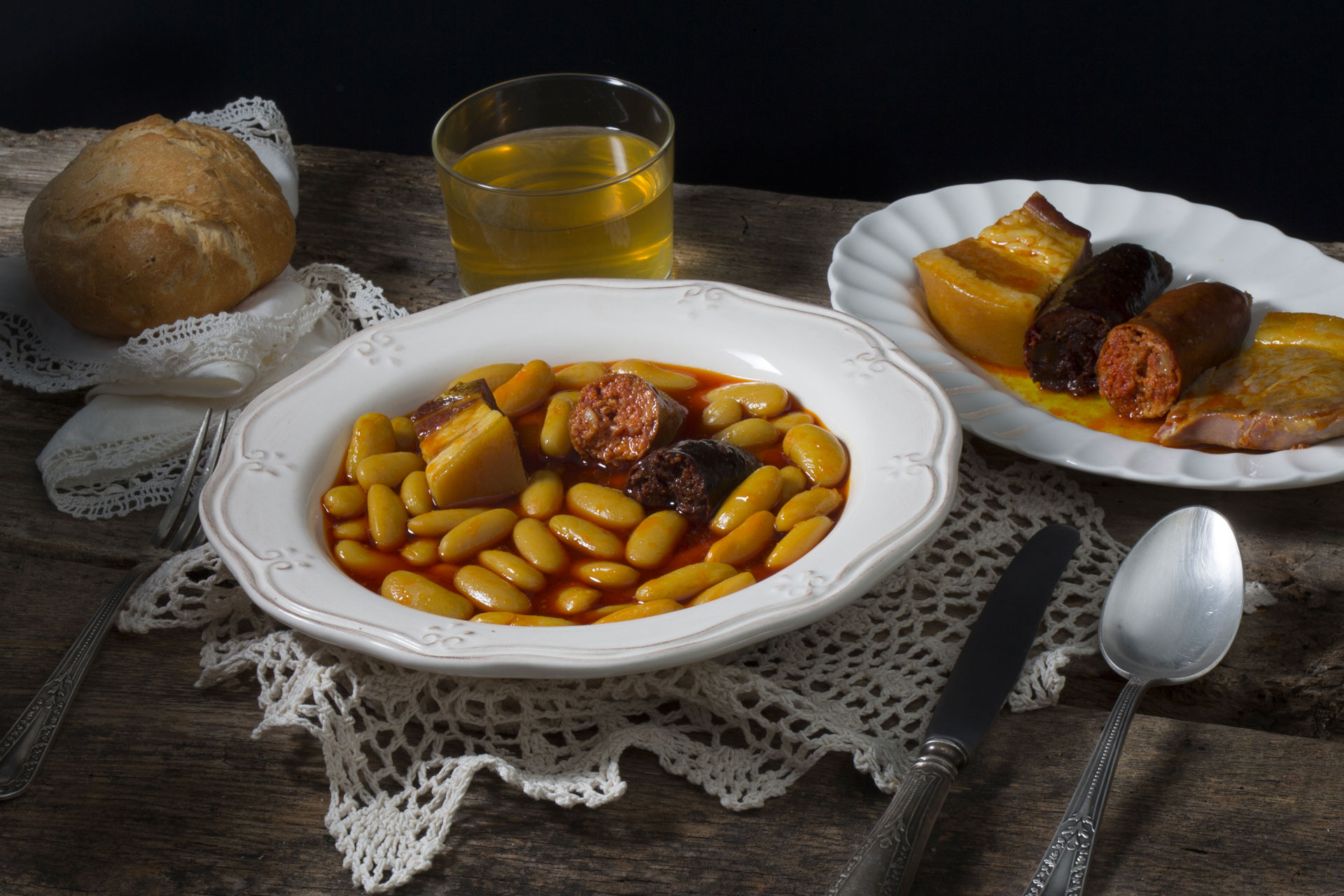
Fabada beans, a white runner bean native to Asturias, is the star of many buttery, heart dishes by the Club de Guisanderas, and are a must-try in the region
Spain’s culinary tradition runs far deeper than tapas. On the northern coast, the Club de Guisanderas – a collective of female chefs – preserves centuries-old recipes passed from mother to daughter. Seek out their restaurants and cider bars for rustic dishes of slow-cooked meats and hearty stews, each plate a taste of culinary history.
3. Discover Galicia’s new hiking trails
Galicia’s Senderos Azules network has expanded with seven new routes, offering everything from circular coastal walks with sweeping Atlantic vistas to tranquil paths along inland rivers. Immerse yourself in Spain’s natural splendour at your own pace – and consider stopping at a Paradores along your journey. This state-run collection of luxury hotels offers a bite of history (many convert old buildings) and offer perfect overnight refuge.
4. Discovering Gaudí in León
Just under two hours from Madrid by high-speed train lies León, a hidden architectural gem. Recognised by UNESCO as the ‘Cradle of Parliamentarism’, the city is bursting with history. Its sublime Gothic cathedral houses one of the world’s finest collections of medieval stained glass, while nearby, the 12th-century Basilica of San Isidoro showcases exquisite Romanesque stonework. The wider region of Castilla y León also offers a rare chance to admire the genius of Antoni Gaudí without the crowds of Barcelona. In the heart of León, his Casa de los Botines (pictured) stands as a striking example of his early work – and just a short distance away, the fairytale-like Episcopal Palace completes the pilgrimage for architecture lovers.
5. Wine tasting by boat in Galicia
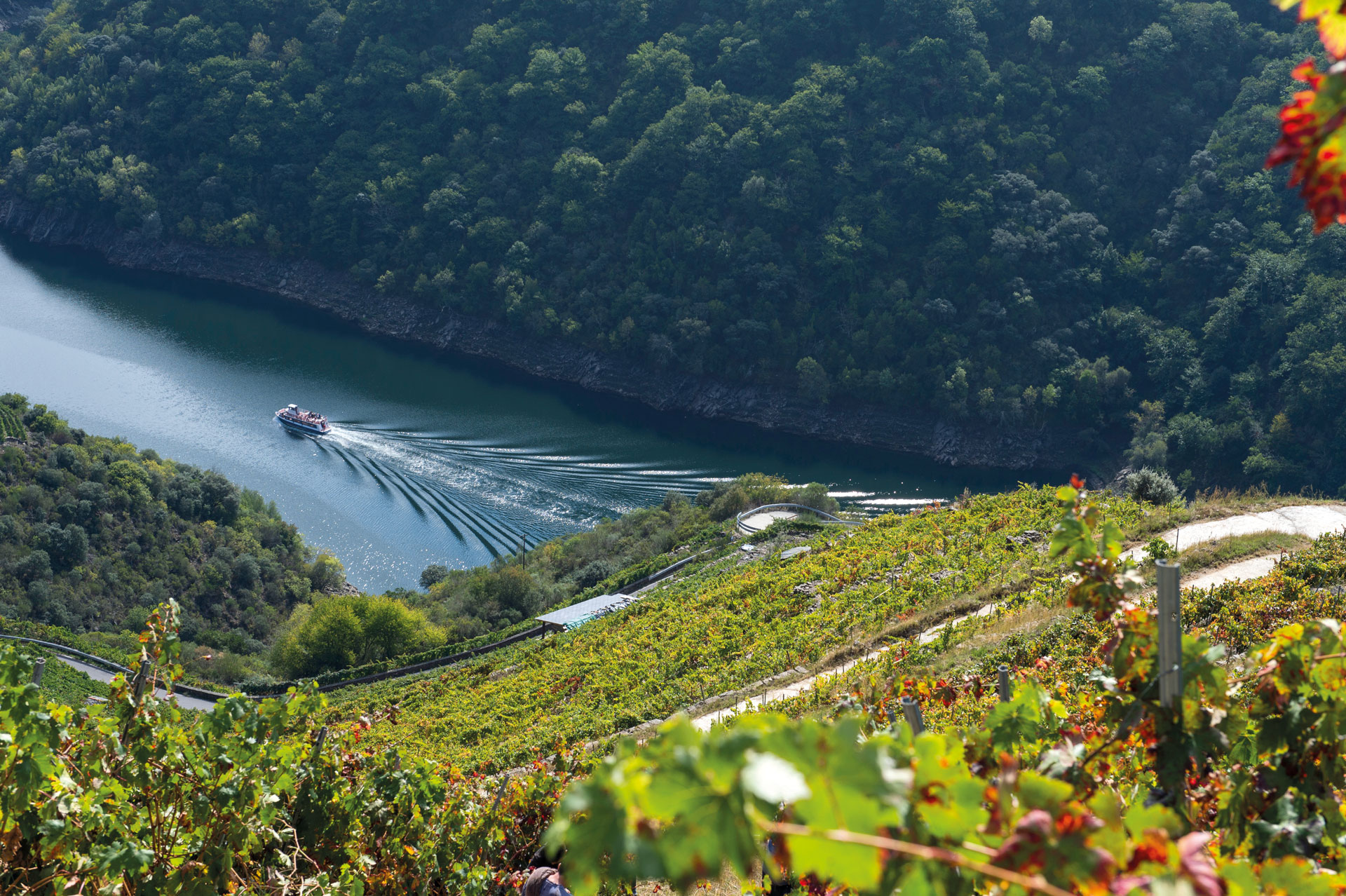
Galician wine is delicious, and never more so than when enjoyed while gently river cruising © Shutterstock
Move over Rioja – Galicia is stealing a quiet march. With a history stretching back to Roman times and centuries being perfected at monastic hands, the region’s wines have recently gained a deserved cult following. Explore them in style: hop aboard a mussel boat and gently glide the estuaries and river bends while sampling crisp Albariños and mineral-rich Godellos – a tasting experience with a maritime twist.
6. Visit Covadonga And Its Holy Cave, Asturias
Retrace pilgrim steps in the heart of the original Kingdom of Asturias, Covadonga. An incredible natural cave hosts a hidden image of the Virgin Mary, nicknamed La Santina, which legend attributes spectacular powers of fortune, due to its supposed role in swaying the outcome of the Battle of Covadonga. Today, though, archaeologists believe this cave was the site of pagan worship. Down the road is the stunning Basílica de Santa María la Real de Covadonga, built at the turn of the 20th century. Featured image.
To find out more about alternative and greener ways to see Spain, visit the Spanish Tourism Board website at spain.info



